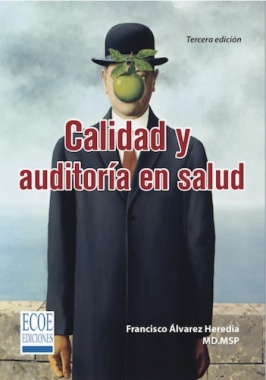Capitolio Nacional. Fotografía nocturna
CONTENIDO DE LIBRE ACCESO
Este contenido es de libre acceso. Solo haz clic en el siguiente botón.
Ir a este contenido- Autor
- Año de publicación 1930
- Idioma Español
- Descripción
-
Citación recomendada (normas APA)
- Gumersindo Cuéllar Jiménez, "Capitolio Nacional. Fotografía nocturna", Bogotá (Colombia):-, 1930. Consultado en línea en la Biblioteca Digital de Bogotá (https://www.bibliotecadigitaldebogota.gov.co/resources/2078411/), el día 2025-07-03.


